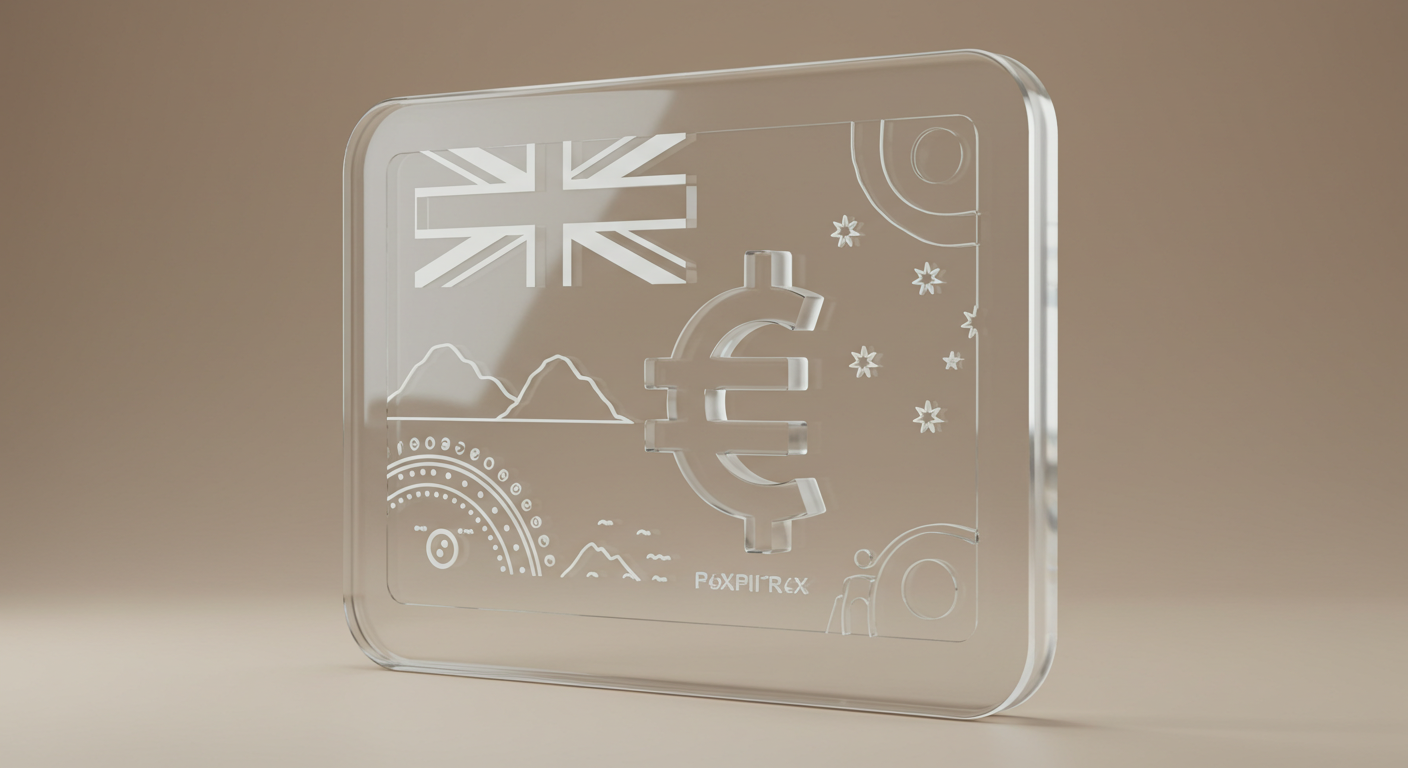
The Euro has risen 0.2% against the US Dollar as it approaches the top of this week’s range. This comes as it targets a new multi-year high, following a fresh advancement on Tuesday.
Market sentiment currently prevails, despite soft Euro area PPI and weaker-than-expected German factory orders. Comments from ECB officials remain neutral, with mention of the disinflationary impact of the Euro’s strength.
Market Trends
Current trends show bullish momentum, although it appears overbought and may pause soon. The Euro’s near-term range is supported around 1.1720, with resistance beyond 1.1820.
There are associated risks and uncertainties with forward-looking statements. Investing in open markets carries considerable risk, including possible significant loss. Conduct thorough research before making investment decisions, as all risks and losses are your responsibility.
This information is for informational purposes only and should not signal buy or sell actions. There are no personalized recommendations provided, and the data may not be entirely accurate or free of errors.
Despite weaker economic indicators from the Eurozone earlier in the week, the single currency continues to drift higher, brushing against the upper bounds of its recent range. Factory orders out of Germany surprised to the downside—a development that normally dampens enthusiasm—but market participants have largely shrugged this off. Confidence remains intact. It’s been driven more by positioning and momentum than data quality.
After rising by a modest 0.2%, the Euro is now tracking to test territory last seen several years ago. That level has drawn plenty of attention lately, not only for what it represents, but because few barriers remain above it. The strength seems to reflect broader Dollar weakness and ongoing demand for Euro-denominated assets, particularly government debt, where spreads still favour the Eurozone under certain tactical expectations.
Market Reactions
Notably, officials from Frankfurt avoided expressing concern over current rates. Their remarks hinted that the stronger currency might help in softening inflation pressures, suggesting no urgency to act in response to its rise. Whenever an authority offers a shrug rather than resistance, markets tend to take that as a permission slip to explore higher ground. These kinds of reactions can become self-reinforcing, especially when volatility is relatively subdued and hedging costs remain affordable.
Technically, we’re operating in a zone that looks stretched in the very short run. Indicators suggest most of the immediate upside may already be baked in. That doesn’t imply a reversal is imminent, but a period of sideways movement or a shallow drift back toward support near 1.1720 wouldn’t be unexpected. Momentum traders will likely track whether any pullbacks find buying interest quickly. If support holds firm, momentum could regenerate in fairly short order. But it will take more than hope to push through the 1.1820 level with conviction—some actual news shift may be required.
What we do in this scenario is prepare for range-bound price swings while gauging any tilt in macro expectations. We’d avoid assuming the current path will convert into a sharp breakout without signs of fresh fuel. For now, demand appears intact, but a fair bit seems priced in.
The wider context involves US data as well—non-farm payrolls, inflation prints, and comments from Federal Reserve officials have started carrying more weight after months of predictability. A surprise on rates, either way, could inject fresh directional energy. With implied volatility still low, the cost to position for a reversion or an extension is relatively modest—flattening out deltas near key resistance or layering spreads makes sense.
We’re steering through sentiment rather than fundamentals this week, and that always calls for extra caution. Plenty are leaning in the same direction, and when that’s the case, dislocations can happen fast. There’s also no telling when momentum takes a breath—so having clear levels and disciplined exits remains the strategy that matters most.







